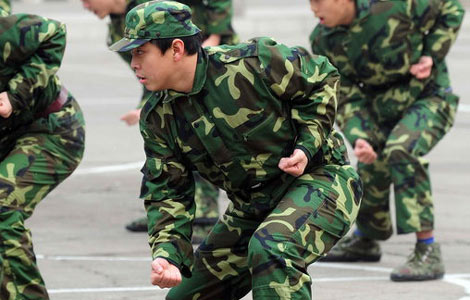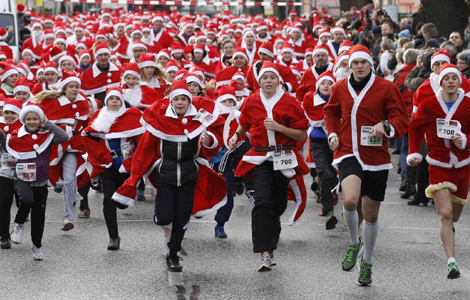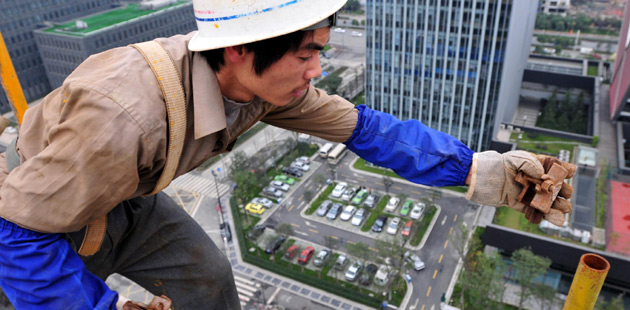Customs reform speeds goods' clearance
Updated: 2011-11-26 09:37
By Zhang Yan (China Daily)
|
|||||||||||
GUANGZHOU - The average time for imports and exports to clear Chinese customs has been reduced since a reform was introduced in 2008, a senior customs official said.
The shorter time makes cargo transactions easier and reduces costs for enterprises doing business in and with China, the world's largest exporter and second-largest importer, said Sun Yibiao, vice-director of the General Administration of Customs of China.
According to official statistics, the current average time for import goods to clear customs is 21.5 hours, down from nearly 38 hours, while the time for export clearance is 1.7 hours, down from two hours.
The greater efficiency is the result of a 2008 reform that classifies enterprises according to their performance and adjusts inspections accordingly, Sun said.
Based on the companies' performances - taking into account whether they are law-abiding and whether they have a record of smuggling, infringing on intellectual property rights or exhibiting other illegal behaviors - they are divided into five categories - AA, A, B, C and D.
Customs adopts different management measures for different categories. For example, AA level businesses could be given a priority clearance declaration, after which customs would allow them to pass after only a slight inspection, he said.
But every item of goods sent by D level companies would be meticulously examined, he said.
Before the reform, the customs authority did not have such a comprehensive database, and enterprises had to clear customs at borders. It hindered the efficiency of customs clearance.
Meanwhile, China has strengthened its customs cooperation with other countries.
Chen Xiaoying, director of the international cooperation department under the administration, said China has carried out exchanges with customs departments in 117 countries and regions, signed 81 bilateral assistance agreements, and joined eight customs-related international conventions in recent years.
Enterprises have benefited from the exchanges, but there are still other problems that need to be addressed.
"To be competitive, what we care most about is the convenient and rapid clearance and preferential taxation, as well as item classification management," said Gu Feng, finance director of SAIC Group.
"But as the scope of our business continues to expand the commodities' identification and classification management of customs are really lagging behind," he said.
The problem was also mentioned by Lin Guangning, vice-manager of the manufacturing department of Konka Group.
"With the rapid increase of new products and imported materials, the classification problem is obvious," he said.
"I'd like to see the national customs authorities have uniform standards to examine the same kind of goods. For example, the Nanjing customs and Shenzhen customs offices took different classification criteria for the same LED screen," Lin said.
In response, Sun from the General Administration of Customs said the administration will keep updating information, including new listings of products and price information.
Related Stories
Commerce, customs agencies vow to facilitate trade 2011-07-01 06:15
China Customs warns of unwitting drug trafficking 2011-06-26 20:13
'U' passages speed up customs clearance 2011-07-28 14:39
Quick custom clearance on competition materials 2011-06-24 10:45
Customs speeds clearance of quake relief shipments 2008-06-02 10:09
Hot Topics
HIV/AIDS, Egypt protest, Thanksgiving, climate change, global economic recovery, home prices, high-speed railways, school bus safety, Libya situation, Weekly photos
Editor's Picks

|

|

|

|

|

|







